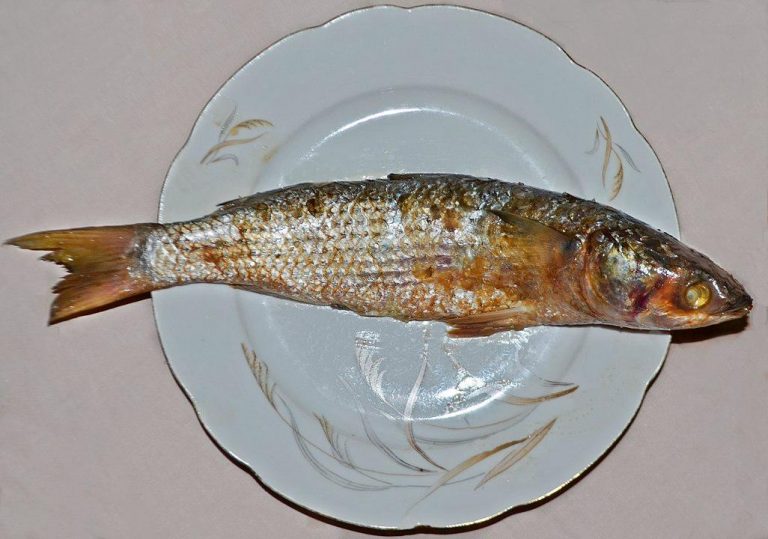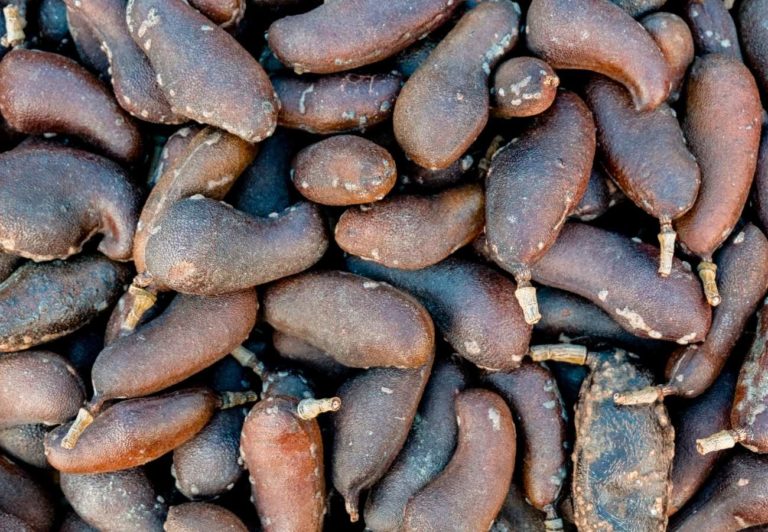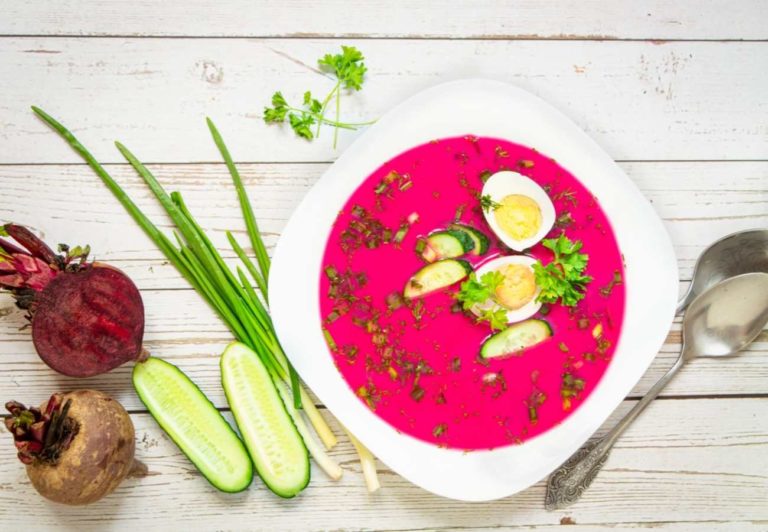Croatian Food: 19 Traditional Dishes of Croatia
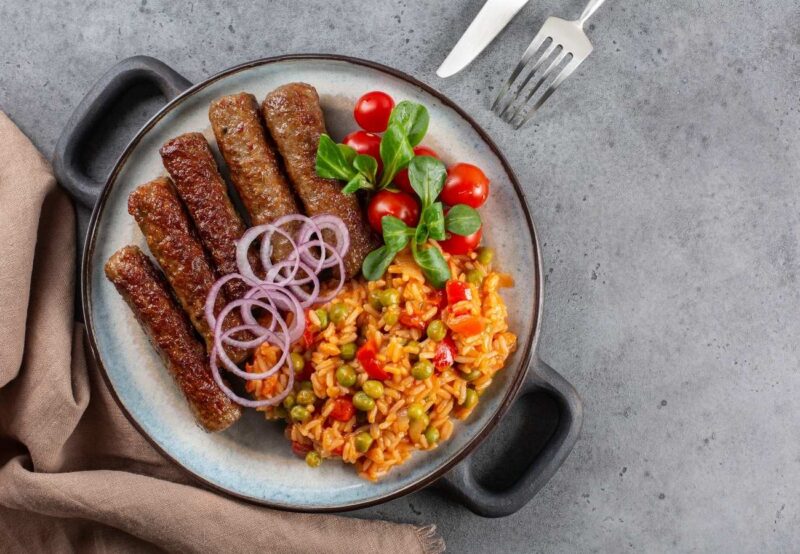
Croatia is known for its numerous islands and peninsulas, beautiful beaches, Mediterranean climate and of course its historical cities. Each region of Croatia has its own long-standing gastronomic traditions often stretching back hundreds of years.
In the coastal region (Dalmatia) and on the Istrian peninsula, you can enjoy a wide range of fish as well as grilled dishes. The whole region on the coast is known for seafood and offers romantic fish restaurants.
Croatian cuisine is heavily influenced by other nearby countries including Italy, Greece, Turkey and Hungary. Slavic flavors and methods are notable in the in-land regions of Croatia, such as cooking with lard and the popularity of spices such as paprika, black pepper and garlic.
However, the coastal regions are much more Mediterranean in their staples, with olive oil, oregano, cinnamon, rosemary, nutmeg and sage being hugely popular.
Meat, seafood, pasta, soups and stews are very common in Croatian cuisine. Croatia is also famous for its wide variety of desserts, sweets and cakes.
Ćevapčići
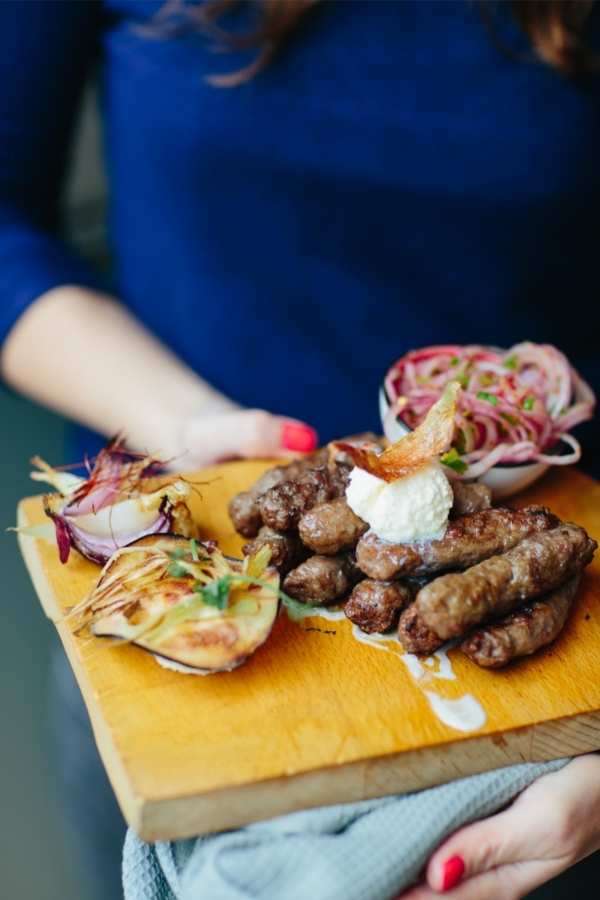
Ćevapčići are about 5-10 cm long rolls formed from minced meat and then grilled. In the past, they were most often made from lamb throughout Southeastern Europe. However these days people mainly use beef.
Before shaping, the meat is seasoned with salt, pepper, paprika powder and cut garlic. A little baking soda ensures that the gummy consistency is achieved.
It is believed that Ćevapčići was introduced from Iran by the Persians and found its way to the Balkans via the Ottomans. The name bears a strong resemblance to the Arabic word for kebab.
Ražnjići

Ražnjići is basically grilled meat skewers usually made from pork, but chicken, veal, lamb, or a mixture of are also used. Ražnjići is usually eaten with djuvec rice, fried potatoes or French fries and ajvar.
Pljeskavica
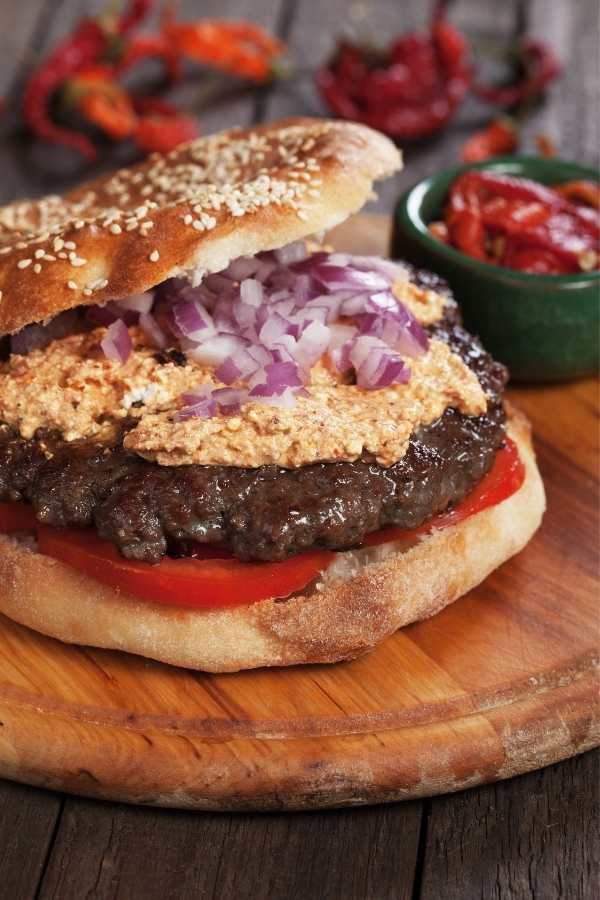
Pljeskavica (or Serbian Burger) is essentially a patty made from minced meat mixture of pork, beef and lamb, served in bread with onions and tomatoes. The name Pljeskavica comes from the verb “pljeskati”, which means “clap your hands”.
A common preparation is to process the onion into a puree with a coarse kitchen grater before it is mixed with the meat. The larger the amount of onion puree, the juicier the pljeskavica will be.
The shape of the Pljeskavica is wide, flat and has a maximum thickness of 10mm. It is most commonly eaten with side dishes such as djuvec rice, fried potatoes or French fries and ajvar.
Djuvec Rice
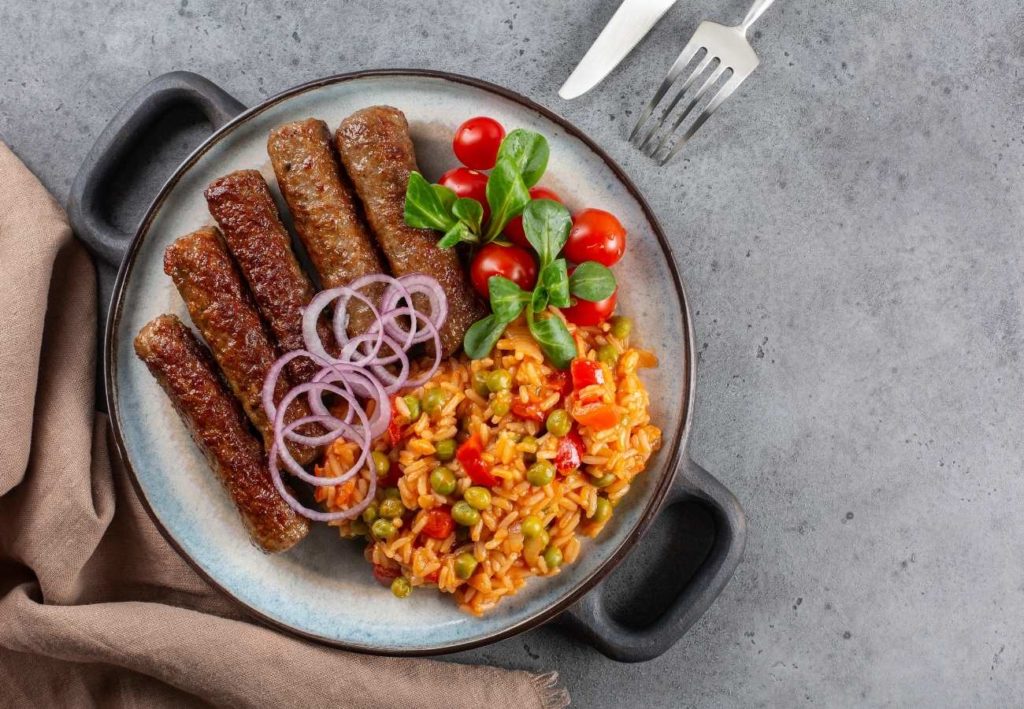
Djuvec rice is a dish quite simply consisting of a mixture of rice and vegetables, most often served as an accompaniment to grilled meats or with chunks of meat added in. However, it can also be eaten on its own as a main course.
Djuvec rice is notable for its lenient recipe. It doesn’t matter what type of rice you use and when it comes to meat you can choose between beef, pork, lamb and mutton, although poultry is rare. Colorful vegetables such as peppers, tomatoes, zucchini, aubergines, peas, green beans or onions can be added according to personal preference.
The Djuvec rice is seasoned with rose-hot paprika and the vegetable salt Vegeta. A special aroma develops if garlic or chopped parsley leaves are added.
Grah (Bean Soup)
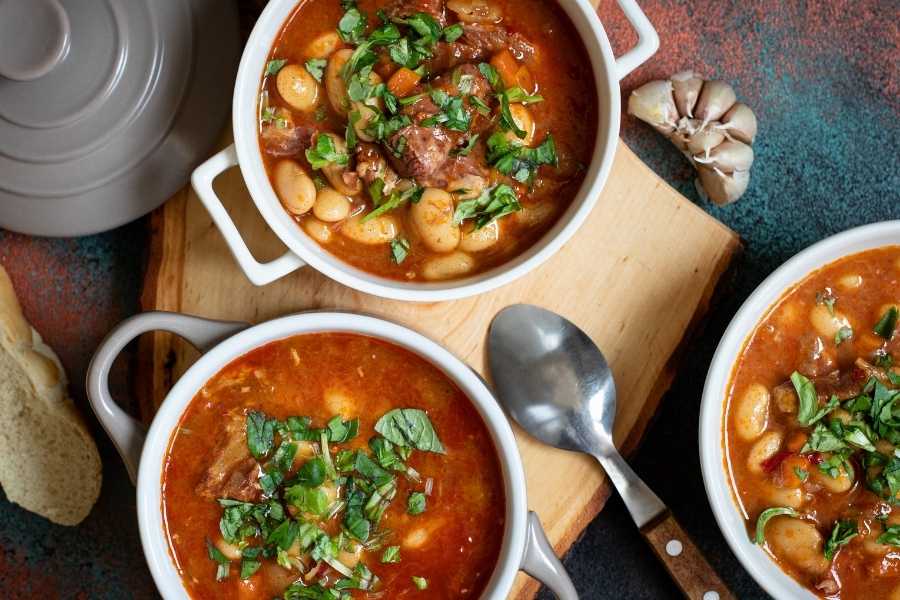
Grah is a bean soup that is very popular on cold winter days. The main ingredients include white beans, beef, bacon or sausage, and onions. It is known in Serbia as Pasulj, which refers to its main ingredient, the white beans.
In the former Yugoslavia, Grah was not only popular in private households but was also regularly eaten by soldiers in the army. Some locals claim that grah, with its smoky aroma, is “a dish for real men”.
Sarma
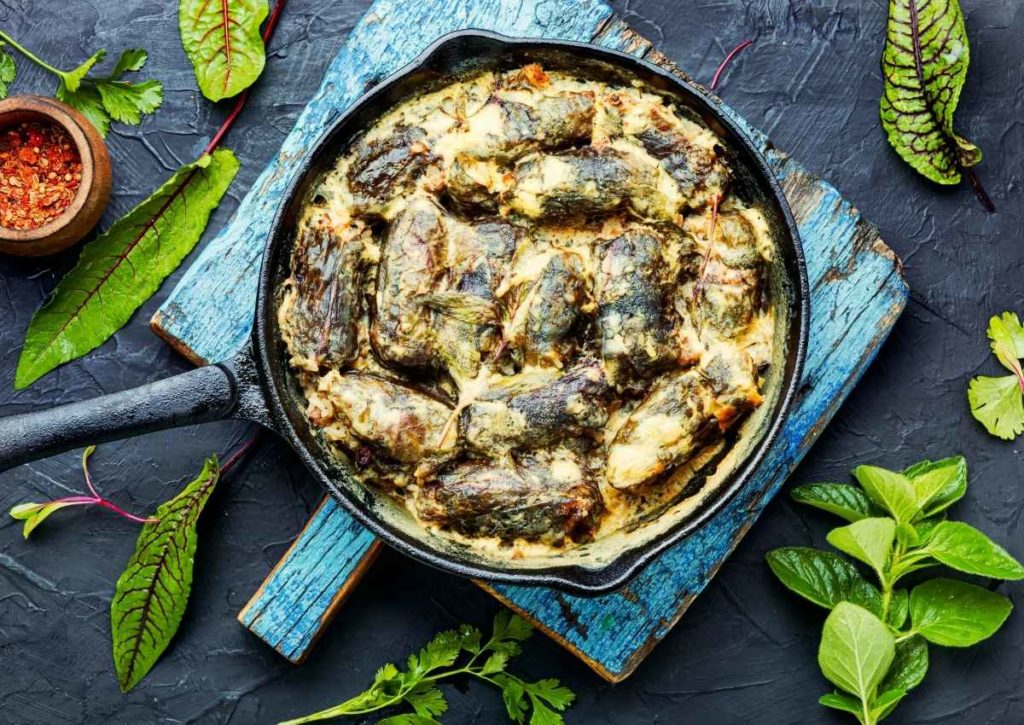
Sarma is the common name in Croatia for a cabbage or cabbage roulade which are filled with a minced meat mixture, smoked bacon, fried onions, rice and egg. It is also very popular in the Arabic-speaking world and is mainly prepared in the colder seasons.
The minced meat must be turned through a meat grinder as ready-made minced meat is not recommended. Sarma tastes particularly good if prepared the day before and stored in a baking dish in the refrigerator overnight.
The next day the baking dish in reheated in the oven and is best eaten with a fresh piece of bread.
Čupavci
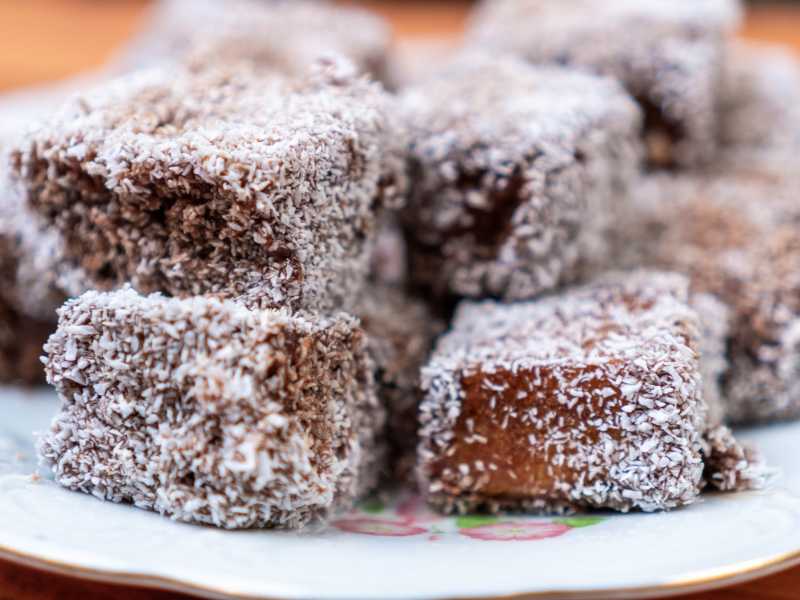
Čupavci is a sweet treat consisting of small cube-shaped cakes made of sponge or sponge cake dipped in chocolate and then sprinkled with desiccated coconut. They are particularly popular throughout the Balkan countries and are often made for special occasions such as Christmas, birthdays, weddings and baptisms.
The name ‘čupavci’ translates in English to hairy ones, referring to the shredded coconut coating that looks like hair or fur.
Tulumba/Pomba/Bamiyeh/Balaḥ ash-Shām
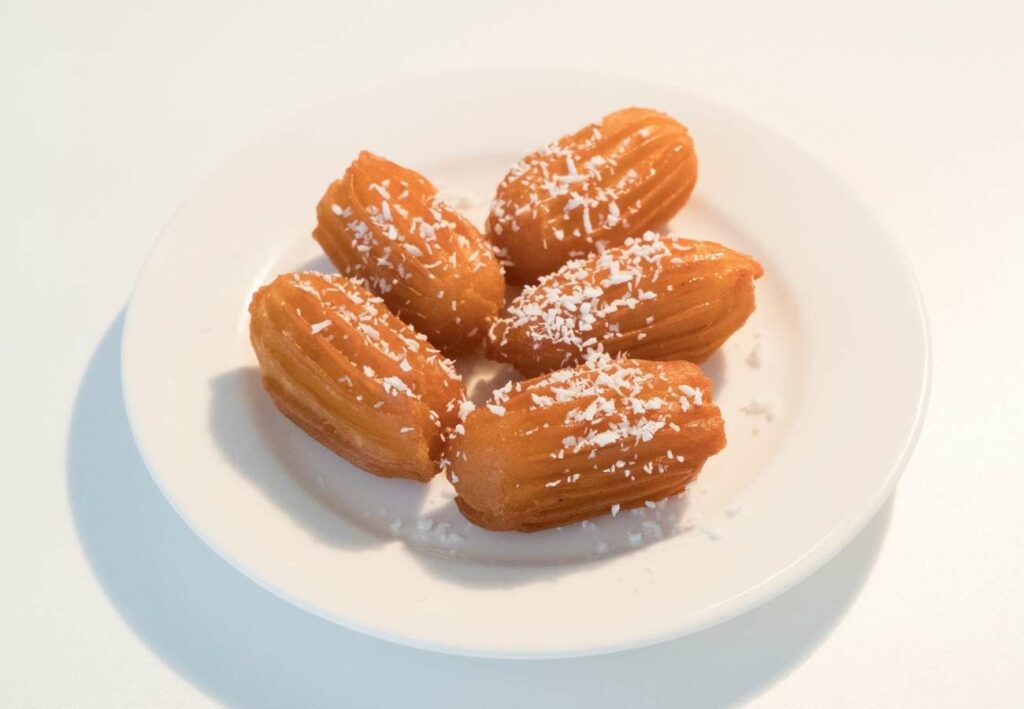
Tulumba, also known as Pomba, Bamiyeh or Balaḥ ash-Shām, is a deep-fried dessert.
It prepared using an unleavened dough lump, which is shaped as a small ovoid and includes ridges lengthways. It is shaped with the help of a pastry bag or cookie press, which has a fitting end part.
Tulumba is initially deep-fried to give this dessert a golden colour, and then sugar-sweet syrup is added on top while it’s still hot.
Soparnik
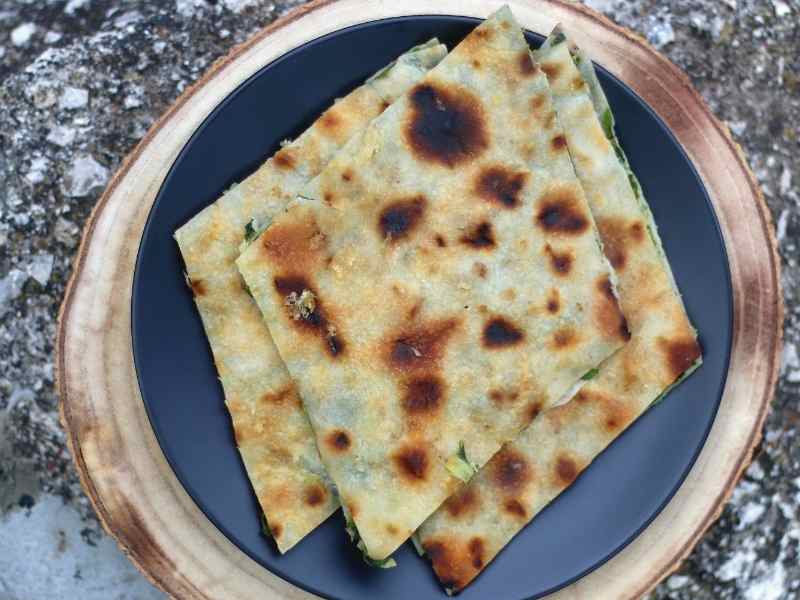
Soparnik is a pie with a filling consisting of chard, onion and parsley. It is traditionally prepared in Poljica, near the Omiš hinterland. Generally prepared in a round shape, soparnik is often served on special occasions.
The dish was frequently referred to as ‘poor dry food’ as it was mostly eaten by the poor citizens of Poljica who could produce very little fresh food. The dish was typically prepared during Lent, All Saints’ Day, Christmas, and several other occasions.
Traditionally, it is baked in a stone oven, also known as a komuna, and then covered with embers. Once it’s baked, it is then covered with olive oil and garlic.
Krofne
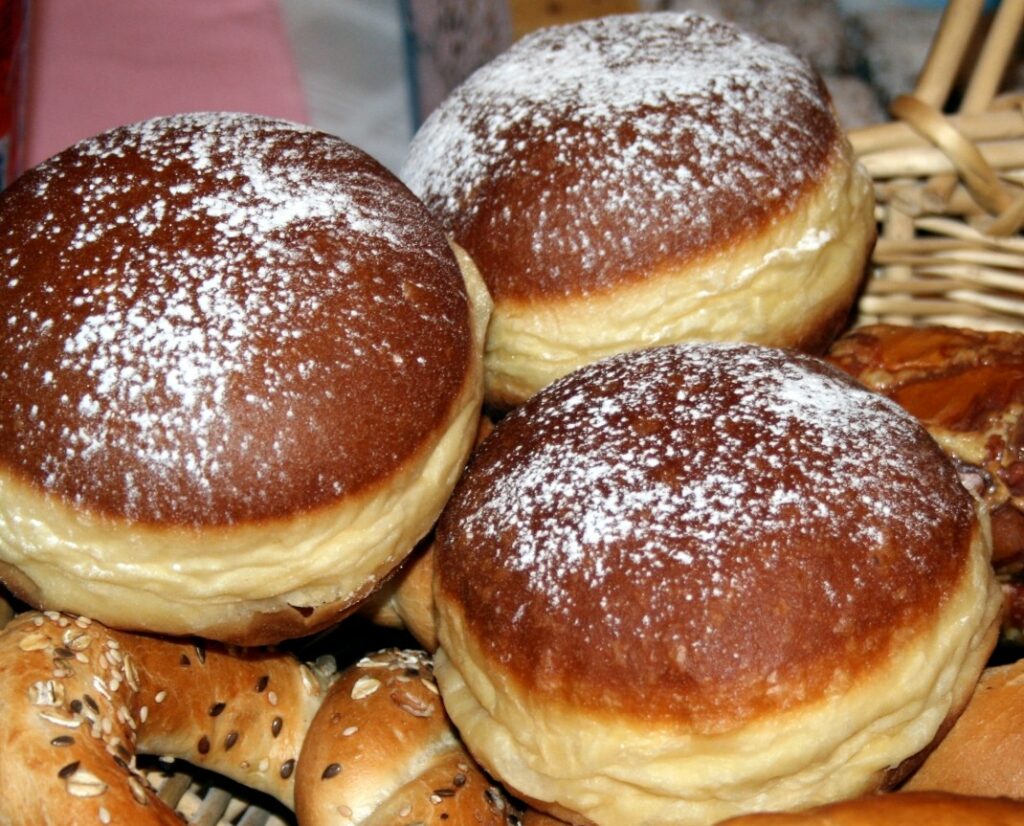
Krofne are a type of deep-fried donut which are popular in both Croatia and Serbia. They don’t have a round hole in the center like donuts usually found in the US do.
Krofne can be filled with marmalade, chocolate or vanilla custard, and can also be topped with icing sugar, chocolate icing or sprinkles.
Börek
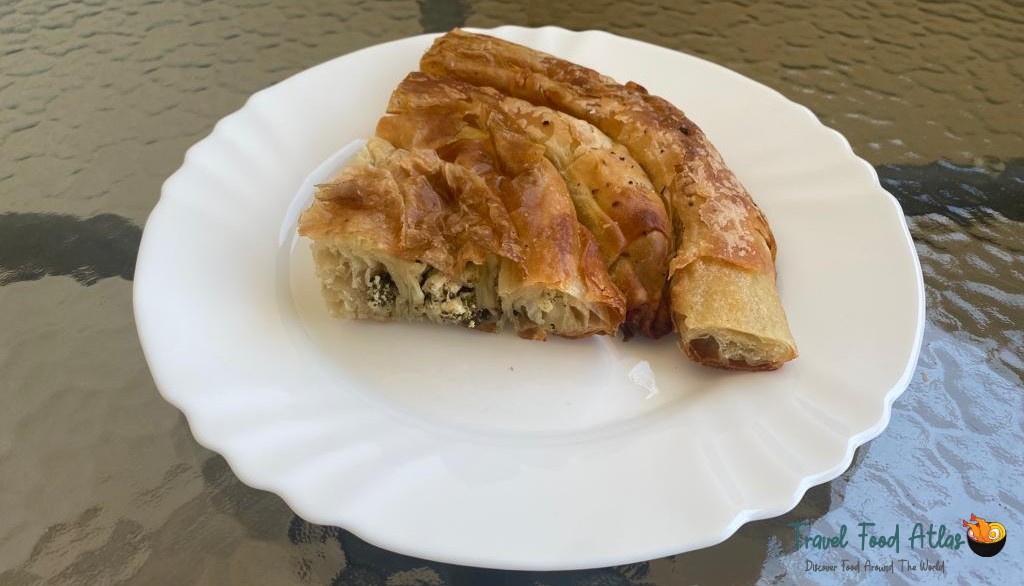
Börek (also known as Burek, Byrek or Boureki) covers a range of pastry dishes made by layering thin phyllo dough, with fillings such as cheese, minced meat, spinach and seasonings, along with a creamy egg yogurt mixture which is baked into a crispy and flaky pie-like dish.
Lepinja
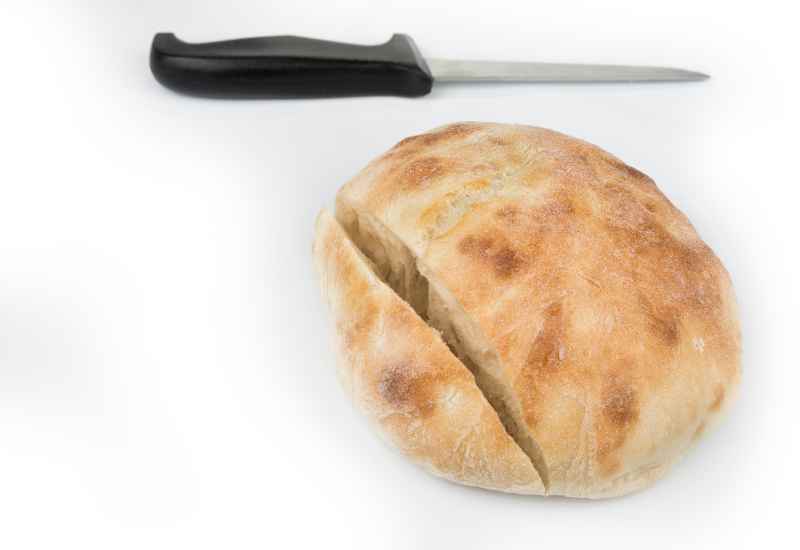
Lepinja is a type of Balkan flatbread prepared using three ingredients: salt, flour, and water. Generally accompanied by minced meat (cevapi), it is widely consumed in the Balkan countries.
Lepinja is normally baked at a high temperature, which gives the bread its golden-brown crust. It is usually served at almost all picnics or barbecue meetings and can be served with vegetarian or meat garnishes.
Brudet
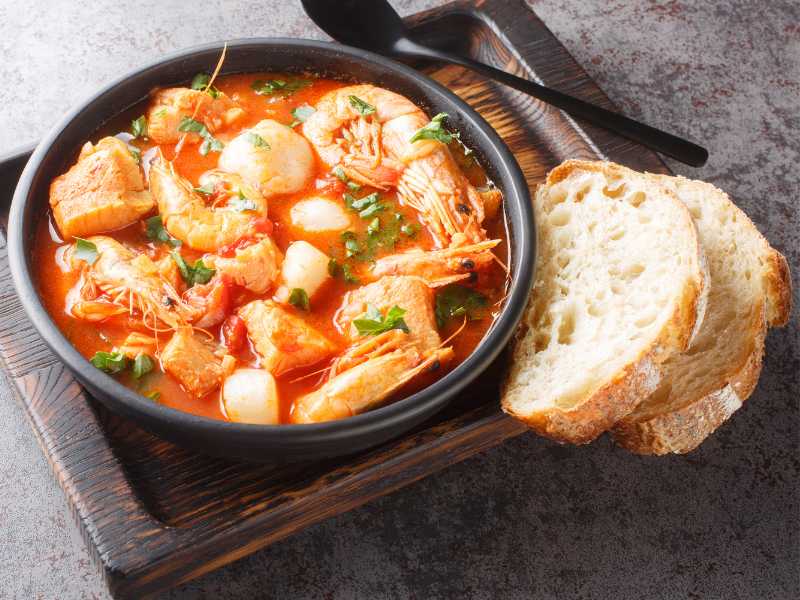
Brudet is a fish stew made with a tomato-based sauce and a combination of different fish and shellfish. It is flavored with onions, garlic, herbs, wine or vinegar.
The ingredients are added to the pot in sequence, layering the ingredients as the time is right and then letting them all cook together in a one pot method. It is usually served with polenta or bread.
Kifli (Kilfa)
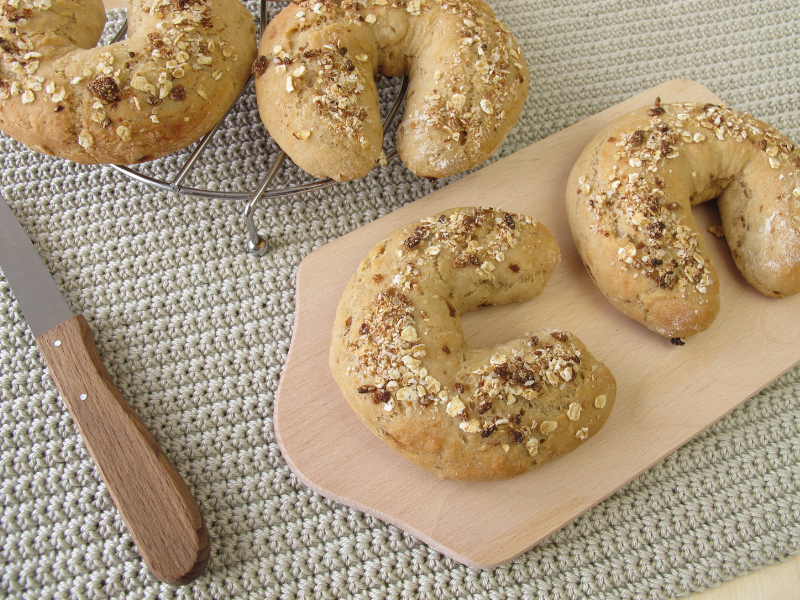
Kifli or Kifla is a sweet pastry snack in the shape of a crescent moon that is popular throughout Eastern Europe. It is similar to a croissant although it is made with a dough more similar to bread than to pastry. It is a staple for families all over Eastern Europe, served for breakfast, as a snack, or to accompany meals.
Kifli can be served plain, with seeds, sweetened, or filled with a variety of fillings.
Gibanica
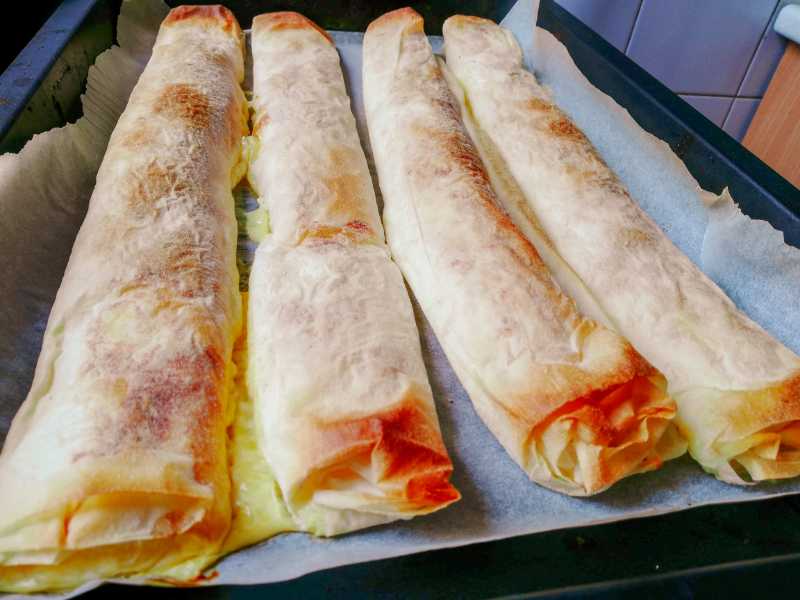
Gibanica is a traditional wheat flour pastry filled with soft cheese. The filling may be a soft spreadable cheese such as cottage cheese or soft crumbly cheese like feta. The easiest preparations use ready-made phyllo dough, but it also made with freshly rolled dough and baked.
Sataraš
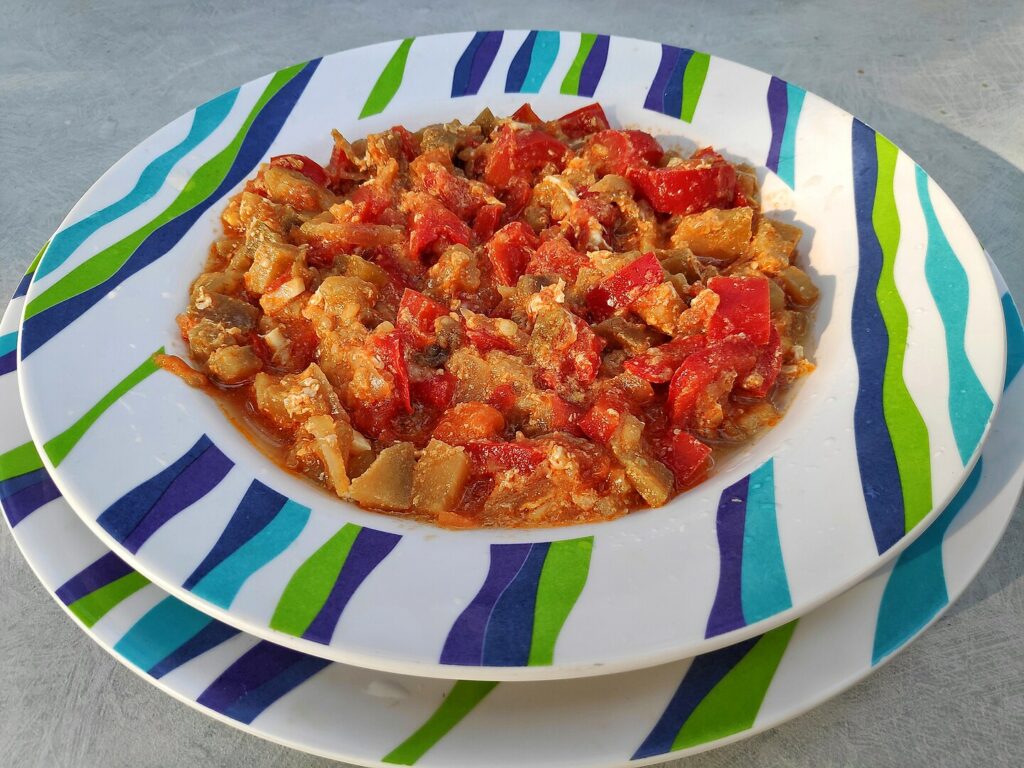
Sataraš is a traditional Balkan stew made with tomatoes, onions and peppers. They are first sautéed in oil, lightly seasoned then gently cooked into a chunky stew. It is served as a side or main dish.
Sataraš can be eaten as an accompaniment for meat or with starches like bread or eaten alone as a stew. When prepared for breakfast, it is topped with eggs.
Goulash

Goulash is a stew of beef and vegetables flavored with paprika spice, popular in many countries throughout Europe. The ingredients are slow cooked until the meat becomes tender. It is eaten as a main meal and sometimes served with noodles or bread.
Paprenjaci (Black Pepper Cookies)
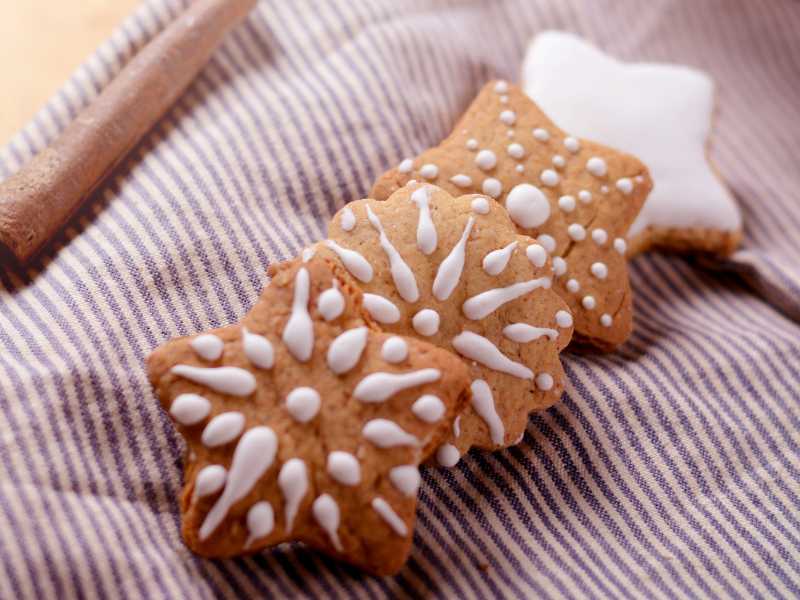
Paprenjaci is a traditional Croatian cookie consisting of flour, eggs, butter, sugar, honey, walnuts and spices. The ingredients are mixed into a cookie dough which is shaped and can be decorated before baking. They are baked until golden.
Žganci
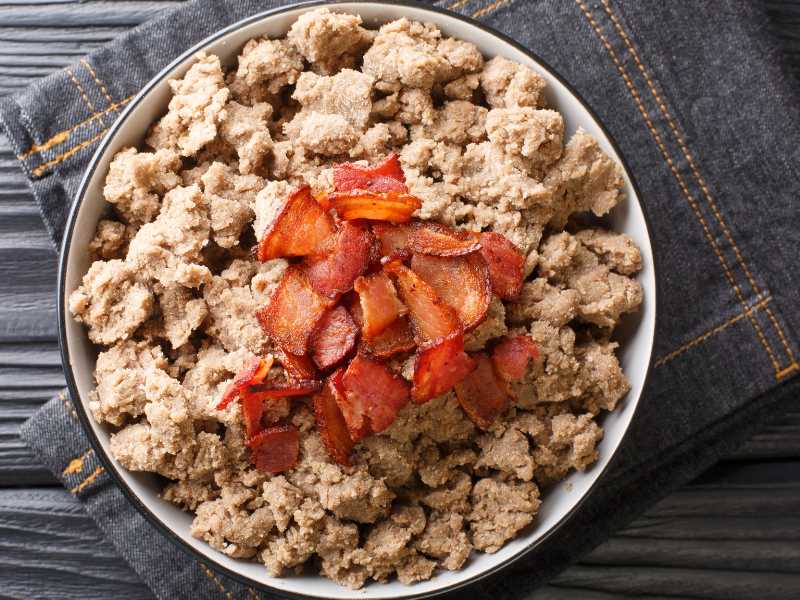
Žganci is a dish made using flour or fine grains, salt and water. It is cooked until all the water has been absorbed leaving behind a thick mixture. It’s served with additional toppings and eaten as a main meal at any time of the day.

